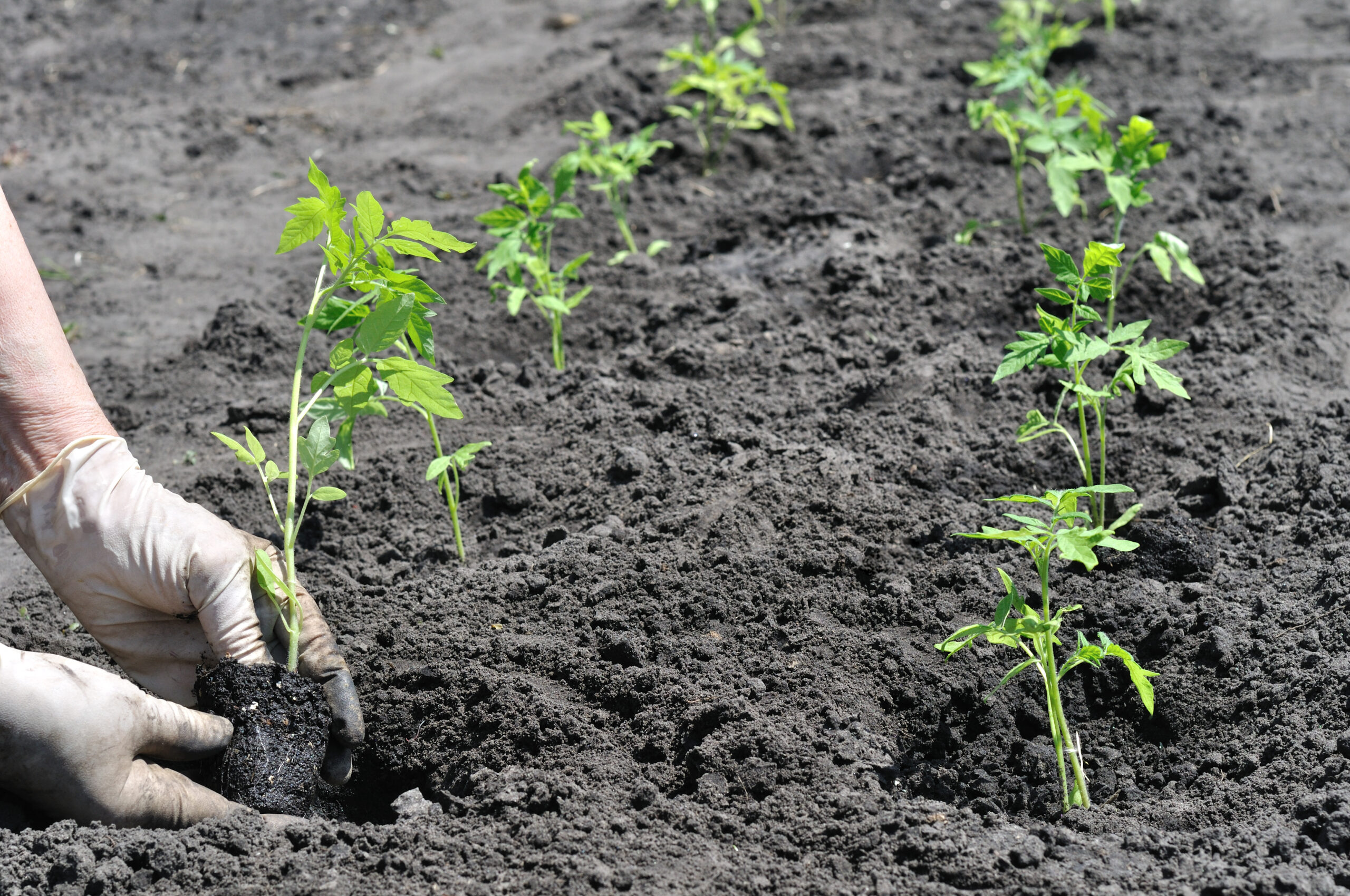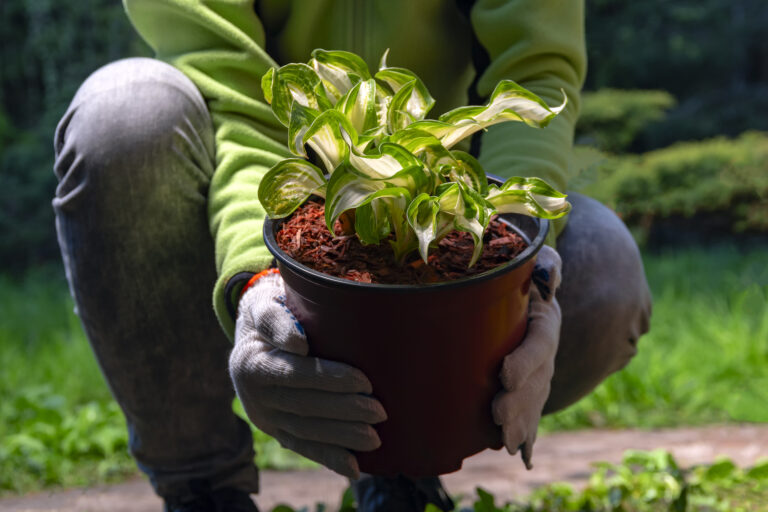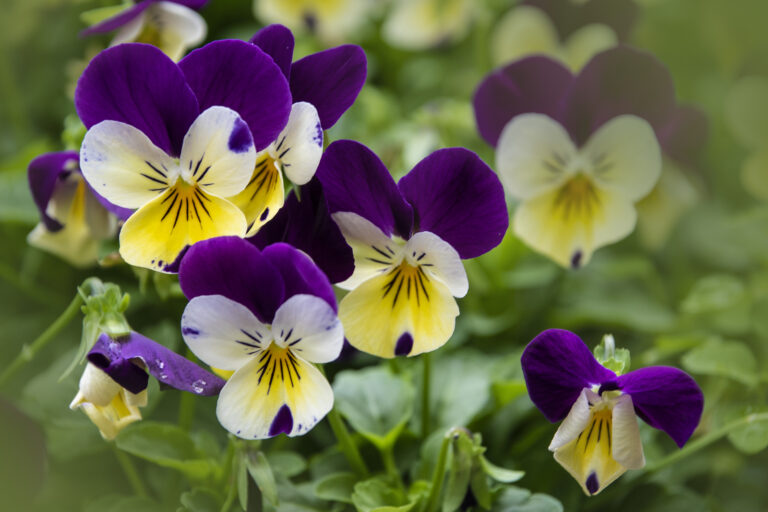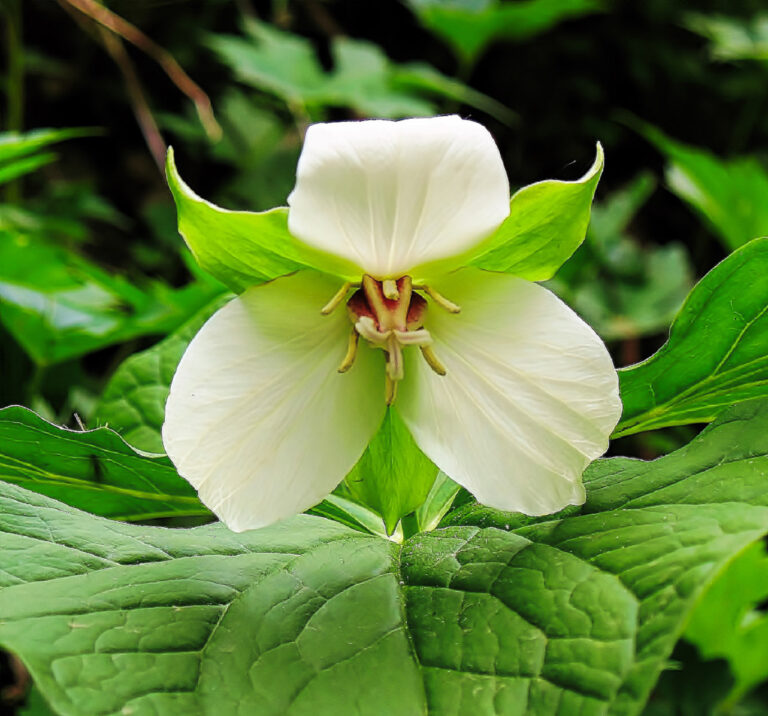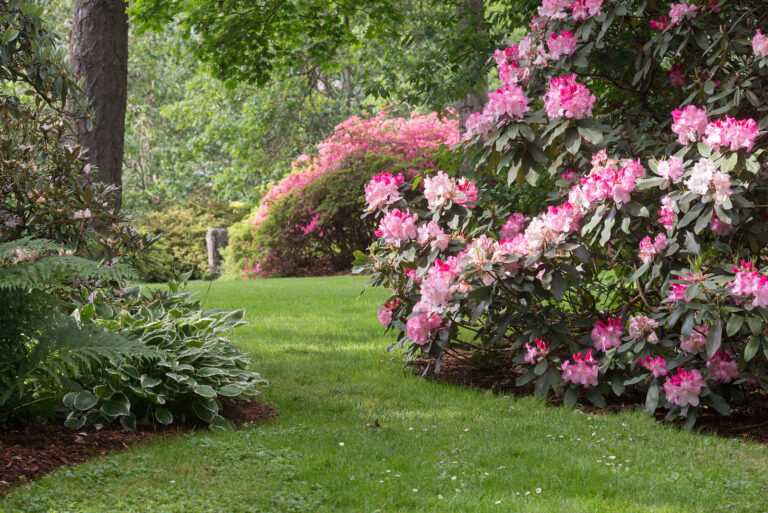Plant Tomatoes for a Thriving Crop: Sun, Soil, and Spacing
Growing tomatoes successfully starts with choosing the right location in your garden. Over the years, I’ve learned that sunlight, soil quality, and proper spacing play crucial roles in producing a healthy and abundant tomato harvest. Whether you’re growing in garden beds, raised beds, or containers, understanding the best placement for your tomatoes will set you up for success. Let’s dive into the key factors to consider when deciding where to plant your tomatoes.
Sunlight: How Much is Enough?
Tomatoes thrive in full sun, meaning they need at least 8 hours of direct sunlight each day. In my experience, the more sun they get, the better they produce. However, if you live in a region with intense summer heat, providing shade during the hottest part of the day can prevent sunscald on the fruit.
Planting for Different Climates:
- Cool Climates: Plant tomatoes near a south- or west-facing wall. The structure absorbs heat during the day and releases it at night, helping to keep your plants warm.
- Hot Climates: Too much midday sun can stress plants. Grow tomatoes where they receive morning and late afternoon sun but have some protection from intense midday heat. Shade cloth can help in extreme conditions.
- Partial Sun: If you only have 4–6 hours of sunlight per day, choose early-season or determinate varieties like ‘Early Girl,’ ‘Oregon Spring,’ or ‘Stupice,’ which are bred for shorter growing seasons and less light.
Soil: The Foundation for Healthy Tomatoes
Tomatoes are heavy feeders, meaning they require rich, well-draining soil packed with organic matter. From my gardening trials, I’ve found that loamy soil with a pH between 5.5 and 6.8 produces the best results.
Preparing the Soil:
- Improve Drainage: If your garden has heavy clay soil, add aged compost, peat moss, or a commercial organic planting mix to improve aeration and drainage.
- Enhance Fertility: Before planting, mix 2–4 inches of compost into the soil to boost nutrients.
- Pre-Warm the Soil: Tomatoes thrive in warm soil. Two weeks before transplanting, I cover my garden beds with black plastic to trap heat and warm the soil to at least 60°F (15°C). This technique has helped me get a head start on the season, especially in cooler zones.
Spacing: Giving Tomatoes Room to Grow
Spacing tomato plants correctly is crucial for air circulation, disease prevention, and fruit production. I’ve made the mistake of planting too close before, and it led to crowded, disease-prone plants with lower yields.
Guidelines for Spacing:
- Bush (Determinate) Tomatoes: Space 24 inches (61 cm) apart.
- Vining (Indeterminate) Tomatoes: Space 36 to 48 inches (91-122 cm) apart.
- Unstaked Tomatoes: If allowing plants to sprawl naturally, give them at least 3 to 4 feet (91-122 cm) of space.
- Caged or Staked Tomatoes: These can be planted closer together but require consistent pruning to maintain airflow.
Planting Tomatoes in Containers
If you’re limited on garden space, tomatoes grow exceptionally well in containers—but only if you provide enough soil volume and proper drainage.
Container Tips:
- Use large containers, at least 5 gallons per plant.
- Ensure pots have drainage holes to prevent waterlogging.
- Use high-quality potting mix enriched with compost for optimal growth.
- Keep containers in a sunny, sheltered location where they receive ample sunlight but are protected from harsh winds.
Summary
Choosing the right planting location for tomatoes is the first step to growing a productive crop. I’ve learned through trial and error that full sun, rich soil, and adequate spacing make all the difference. Whether you’re planting in raised beds, containers, or traditional garden rows, following these guidelines will help you grow strong, healthy, and fruitful tomato plants all season long.
What’s your experience with planting tomatoes? Let me know in the comments below!
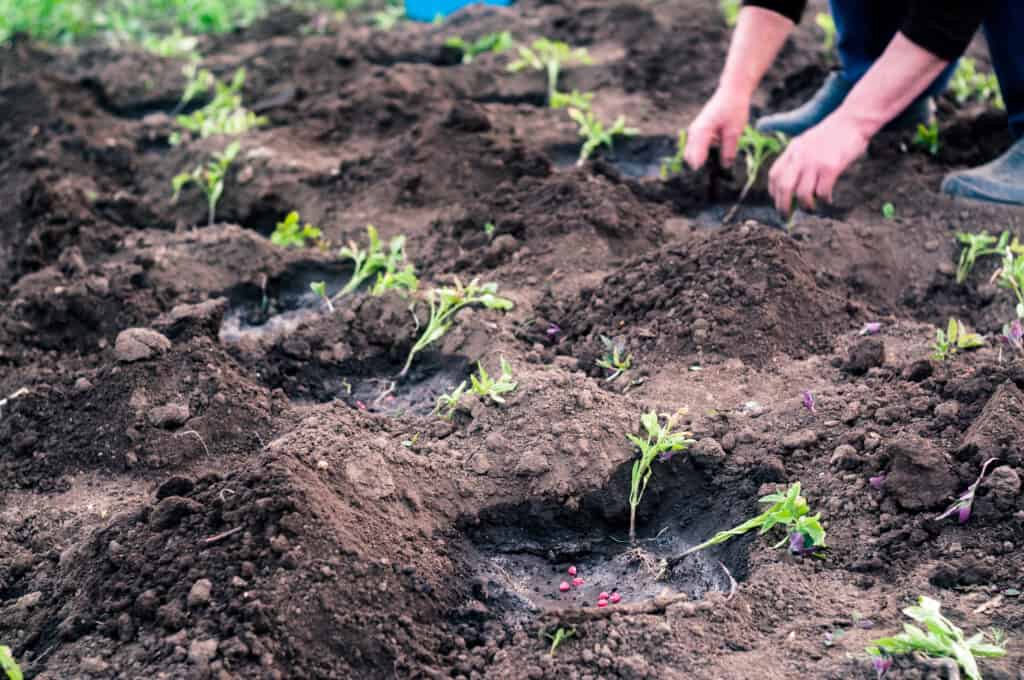
Pro Tips: Where to Plant Tomatoes
Plant tomatoes in full sun. In cool regions, plant tomatoes near a wall or the side of a house or building that faces west or south. The wall will soak up the day’s heat and release it at night keeping tomatoes warm.
- Grow tomatoes in full sun, at least 8 hours of sun each day.
- Prepare planting beds by adding 2 to 4 inches (5-10cm) of aged compost or commercial organic planting mix before transplanting. Turn the soil to at least 12 inches (30cm) deep before planting.
- Tomatoes require warm, well-drained but moisture-retentive soil rich in organic matter. Tomatoes will produce earlier in light, sandy soil, but the yield will be greater in loamy soil.
- Tomatoes prefer a soil pH of 5.5 to 6.8.
- Planted in containers tomatoes require the most soil you can provide–a large container–and good drainage.
Sunlight for tomatoes
Tomatoes require sun; plant tomatoes where they will get at least 6 hours of sun each day.
- Less Sun. If your garden, gets less sun—as little as 4 hours each day, plant early-season or determinate varieties such as ‘Early Girl’, ‘Oregon Spring’, or ‘Stupice’; these cultivars were bred for regions with short seasons, cool climates, and cloud cover.
- Too Much Sun or Heat. If you live where summers are long and hot—common in southern gardens, plant tomatoes where they get morning or late afternoon sun and are protected from excessive mid-day sun and heat. Shade cloth attached to a frame directly over your crop can protect tomatoes from mid-day heat and sun. Where the growing season is long, plant one crop in spring and the second crop in early summer—that way your tomatoes will not mature in the extreme heat of summer; sunburn can easily ruin an otherwise great tomato crop.
Garden soil
Tomatoes prefer light, loose, fertile, well-drained soil with plenty of organic matter or compost added. Add a handful of bone meal to each planting hole. If you live in a cool region, warm the soil by placing black plastic on the bed a few weeks before planting.
Tomatoes thrive in average soil that is well-draining (meaning water does not sit on the soil surface for long after rain or irrigation). If the soil drains slowly, add planting mix or compost to the garden or plant tomatoes in raised beds. Loosen the soil to at least 1 foot deep—the length of a shovel blade to help the roots grow down deep. To get a bumper crop, add a couple of shovelfuls of aged compost to the bottom of each hole when you plant.
Pre-warm the soil
Tomatoes thrive in warm soil. Two weeks before transplanting tomatoes to the garden, cover the planting bed with black plastic—which will store solar heat in the soil. Raised beds or mounded beds also warm more quickly in spring than in-ground beds. When your garden soil has reached 60°F, you can transplant tomatoes into the garden.
Pro Tips: Spacing Tomatoes in the Garden
Set tomato plants at least 3 feet apart, 4 feet is better, if you are going to allow them to sprawl without caging or staking. Caged or staked tomatoes can be planted slightly closer. The closer you set tomato plants the more pruning you will need to do as the season progresses. If you tend to let tomatoes go, if you don’t manage their growth every week—then give them more room. Tomato plants do best when they get plenty of sun and fresh air, and it will be easier to harvest the fruit.
- Plant bush tomato varieties 24 inches (61cm) apart.
- Plant vining varieties 36 to 48 inches (91-122cm) apart.
Tomato Growing Hub
Start here: The Ultimate Tomato Growing Guide: From Seed to Harvest
Growing Tips
- Getting Started with Tomatoes: A Gardener’s Guide to Success
- How to Choose a Tomato for Your Garden
- Growing Early-Season Tomatoes for Great Taste
- Heirloom and Hybrid Tomatoes
Planting Tips
- Tomato Seed Starting Tips
- Mastering Tomato Seed Starting: How to Grow Strong and Healthy Plants Indoors
- When to Plant Tomatoes: A Gardener’s Guide to Timing and Success
- Plant Tomatoes for a Thriving Crop: Sun, Soil, and Spacing
- How to Transplant Tomato Seedlings: A Gardener’s Guide
- Growing Tomatoes in Containers
Tomato Care
- Watering and Feeding Tomatoes: Expert Tips for a Healthy, Productive Crop
- Best Ways to Support Your Tomato Plants
- Pinching and Pruning Tomatoes: A Gardener’s Guide to Healthier, More Productive Plants
- How to Prune Tomatoes
- Grow Tomatoes on Stakes
- Best Companion Plants for Thriving Tomatoes: What Works & What to Avoid
Pest & Disease Control
- Tomato Growing Problems: Pests, Diseases, and Solutions
- How to Prevent Blossom Drop — Tomatoes and Peppers
- How to Identify Early Blight, Late Blight, and Leaf Spot on Tomatoes
Harvest & Preparation
- When and How to Harvest Tomatoes for the Best Flavor
- How to Ripen Tomatoes
- Planting Tomatoes for a Long Harvest
- Planting Tomatoes for a Fall Harvest: How to Grow Fresh Tomatoes Before Frost
- Tomato Flavor Explained
- Nine Ways to Cook and Serve Tomatoes
Garden Planning Books at Amazon:
- Tomato Grower’s Answer Book
- Vegetable Garden Almanac & Planner
- Kitchen Garden Grower’s Guide Vegetable Encyclopedia
- Vegetable Garden Grower’s Guide
Books to help you grow:

